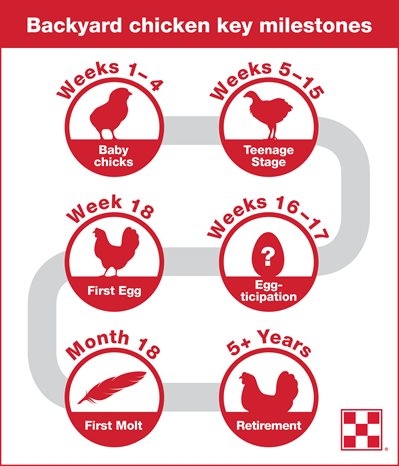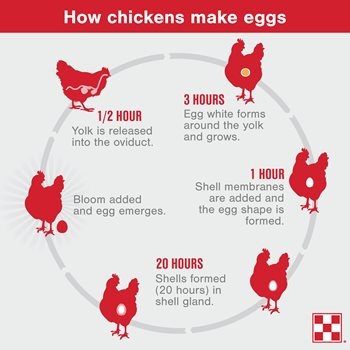Poultry 101: for new Poultry Parents
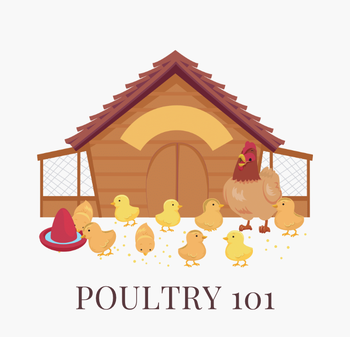
Check out new Video series by UC Vet Med: The Sitch
When living within city/town limits, check with your local municipality to learn about their allowances for backyard poultry.
Baby Chicks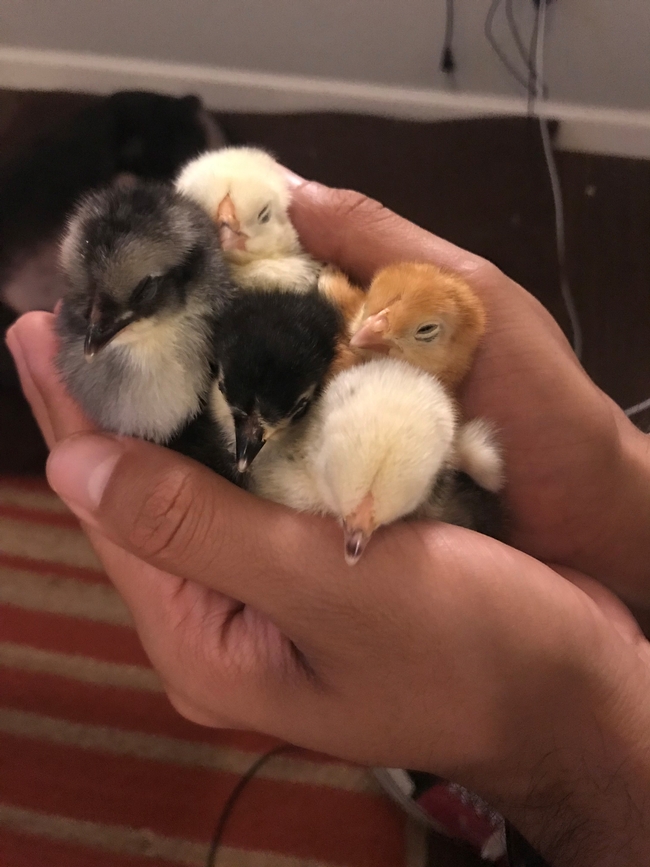
Chicks are typically sold as “day-old” chicks from either an online or local supplier. During those first 4 weeks, chicks are considered “baby chicks”, requiring supplemental heat within the brooder. When raised by a hen, chicks pile under the hen for warmth and venture out more as they grow. Providing a brooder lamp will simulate this and keep your chicks warm without the assistance of a hen. Follow the chart to adequately provide warmth to your chicks. Be careful of fire danger when setting up heat lights.
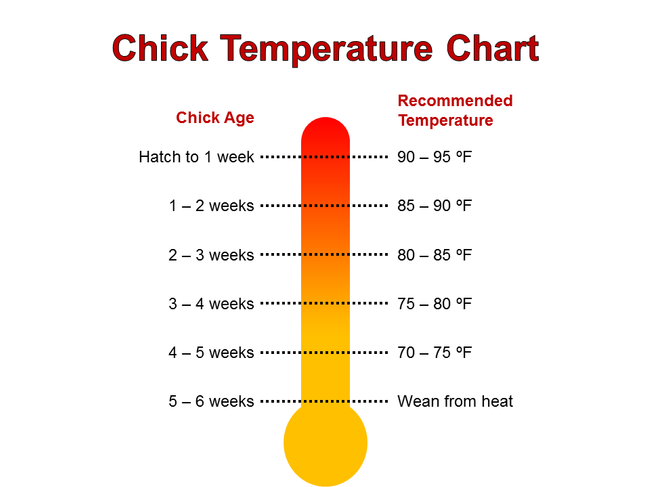
Adolescence
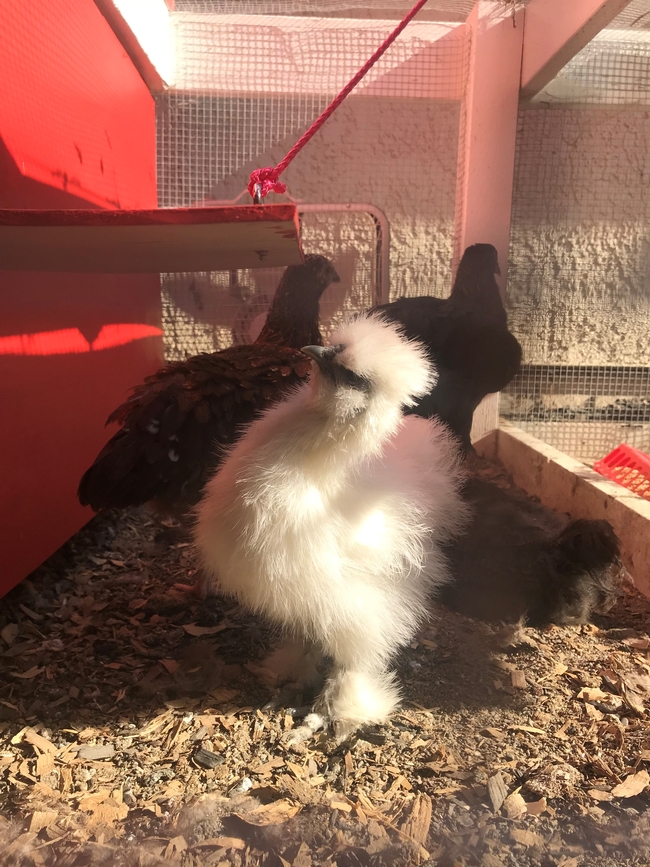 Next, chicks enter the awkward teenage years (months), growing quickly, gaining primary feathers, and developing sex and breed characteristics. Female birds are termed pullets and males are termed cockerels. This stage lasts until 16 to 20 weeks old until, finally, after months of anticipation, you will hear the egg song and find the egg you've so patiently waited for. Time to heat up the pan to fry some fresh eggs!
Next, chicks enter the awkward teenage years (months), growing quickly, gaining primary feathers, and developing sex and breed characteristics. Female birds are termed pullets and males are termed cockerels. This stage lasts until 16 to 20 weeks old until, finally, after months of anticipation, you will hear the egg song and find the egg you've so patiently waited for. Time to heat up the pan to fry some fresh eggs!
Eggticipation!
Typically, the first egg comes at around 18 weeks of age. Once your layers are churning out eggs, you can expect 5-7 eggs per week per layer, or about 250 eggs per year, depending on breed. Productive breeds include Rhode Island Reds (brown eggs), Plymouth Barred Rocks (brown eggs), White Leghorns (white eggs), and Easter Eggers/Ameraucanas (blue/green eggs). Eggs take 24-26 hours to form, with 20 of those hours devoted to shell formation (See How Chickens Make Eggs infographic below).
The Power of Light
Light is the determinant of the start and end of the laying cycle. When daylight hours reach about 12-14 hours per day, a flock will begin to lay. In the North Bay, you can expect this to occur in early spring. The flip side to this coin occurs when daylight shortens in early fall. Egg production significantly declines when daylight hours fall below 12 hours. Chicks purchased in summer may begin laying in fall, resulting in either a shorter laying cycle or lower production. Adding supplemental light to your coop to produce 14 hours of daylight artificially will help to extend the laying season through the winter and increase egg production.
Daily Care
Water: chickens need plenty of water. Make sure they have clean water available at all times. 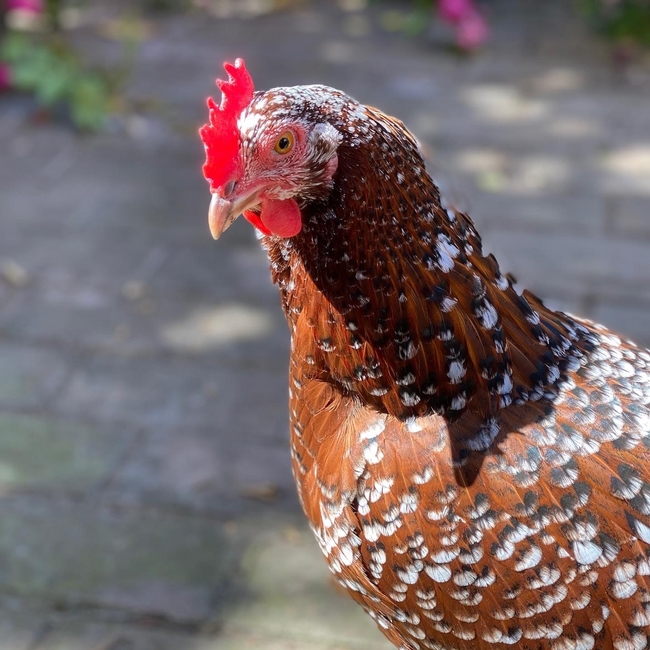
Feed: standard layer mix is fine. Store feed in containers that will discourage scavengers such as mice and rats (e.g. metal can).
Dusting: Chickens love to dust. Dusting is how they clean and with the right ingredients, can prevent ectoparasites. Recommend a dust bathing box (e.g. cat litter box) of diatomaceous earth (DE). Suggested ratio: 1-part DE and 4-parts play sand. This research was done at UCR.
Predators: Recommend having housing that protects your flock from predators, as some predators will try to dig or grab through fencing. Use hardware cloth fencing as the holes in so-called “chicken wire” are too large.
See Backyard Poultry Resources for information to keep your flock happy.
Biosecurity
Biosecurity includes any practice that can reduce the risk of introducing disease to a premises. To be effective, biosecurity must be practiced diligently at all times, without exception, by everyone that comes in contact with the premises.
Diseases can strike poultry and pet birds and can spread quickly, causing significant mortality and economic loss to both backyard and commercial operations. Consequently, all bird owners need to be vigilant.
See Biosecurity for information to keep your flock healthy.
Molting 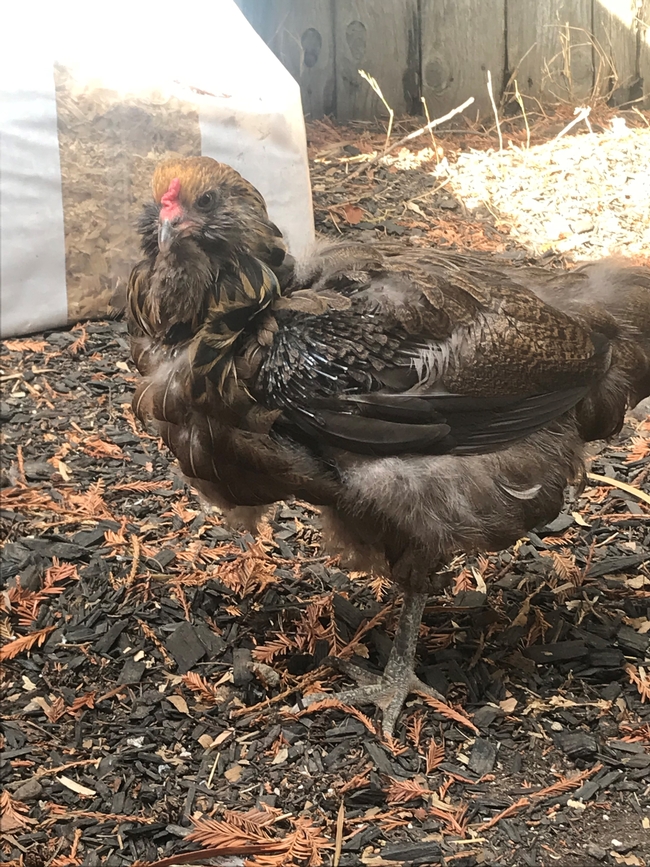
Once hens reach about 18 months, the hen often goes through a molt. This is similarly triggered by shorter daylight hours. The hen will stop laying eggs, as energy is diverted to replacing feathers, and begin to lose her feathers. While the scene isn't pretty, this is an important period for hens to refresh feathers before cooler winter months. For backyard flocks, you can try putting the molters (only) back on chick starter diet to supplement their protein during the molting period.
Retirement
Finally, all good things come to an end. Egg production decreases about 10-20% every year, and, eventually, hens will stop laying entirely. Old hens can act as great fertilizers while still tending to weed and insect control if your coop has room to keep them in the flock. If this is not an option, old hens can be humanely slaughtered and used as meat birds, particularly chicken stew.
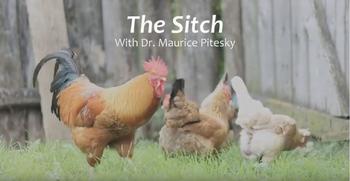
A wealth of poultry resources can also be found at UCANR's Poultry page.
Video series for poultry enthusiasts by UC Davis Vet Medicine with Dr Cluck: The Sitch
